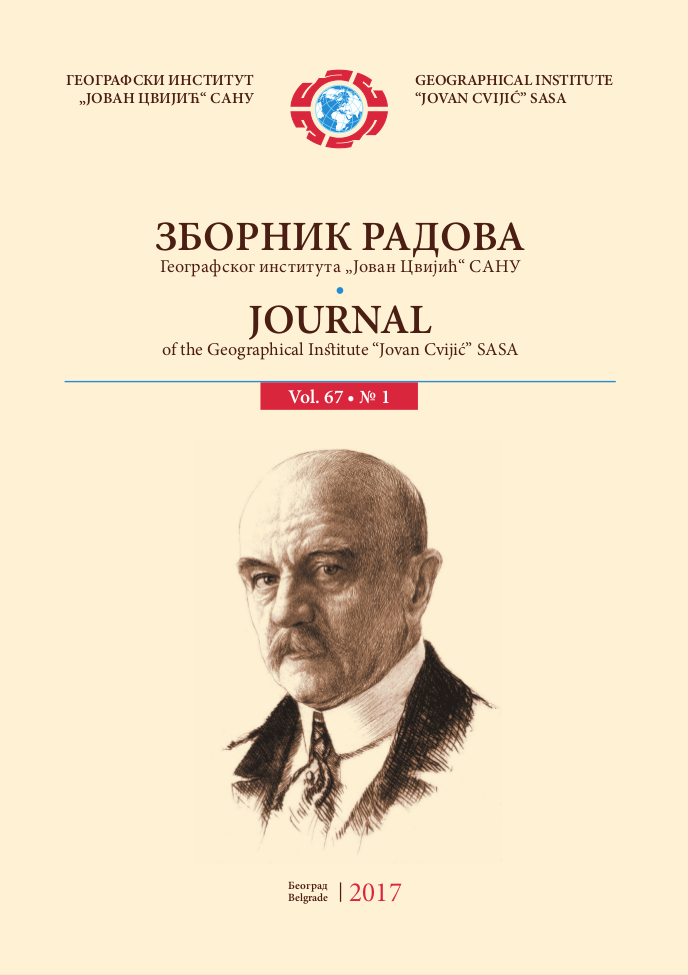THE CURRENT STATE AND PROTECTION OF STEPPE LANDSCAPES IN THE VOLGOGRAD REGION OF RUSSIA
THE CURRENT STATE AND PROTECTION OF STEPPE LANDSCAPES IN THE VOLGOGRAD REGION OF RUSSIA
Author(s): Sergey Kirillov, Natalia Ryabinina, Alexandr GrechishkinSubject(s): Geography, Regional studies, Environmental Geography
Published by: Географски институт »Јован Цвијић« САНУ
Keywords: steppes of the Russian Plain; Volgograd Region of Russia; agricultural landscapes; nature preservation; natural parks
Summary/Abstract: The anthropogenic activity creates a significant negative impact on the steppe biome of the Earth. Eurasian steppe is one of the most altered by human economic activity, particularly in Russia. These changes are especially vividly manifested in the Russian Plain, the old-developed territory of Russia. The most substantial damage on steppe landscapes of the Russian Plain was caused by the extensive agricultural use of natural grasslands, especially in the second half of the 20th century. The overwhelming majority of natural steppe landscapes are replaced here by agricultural landscapes which threaten the preservation of the unique soil,biological and landscape diversity of steppes. The main goal of the article is to analyze the current geoecologicalsituation in the steppe zone of the Russian Plain from the regional aspect: by the example of its south-eastern part attributed to the Volgograd region. The described territory is characterized by the extraordinary landscape diversity and located within forest-steppe, steppe and semi-desert natural zones. The article deals with the analysis of the current agricultural structure in the south-east of the Russian Plain within Volgograd Region, of major geoecological consequences of economic activity typical of different types of agricultural lands, and also of pressing problems related to the preservation of the landscape, and of the biodiversity of steppe landscape. The results of this research are necessary to make decisions aimed at optimizing agriculture, at raising the quality of steppe landscape preservation, and at organizing ecologically-conscious recreational activity to preserve the unique variety of steppe landscapes.
Journal: Зборник радова Географског института "Јован Цвијић" САНУ
- Issue Year: 69/2019
- Issue No: 3
- Page Range: 213-228
- Page Count: 16
- Language: English

